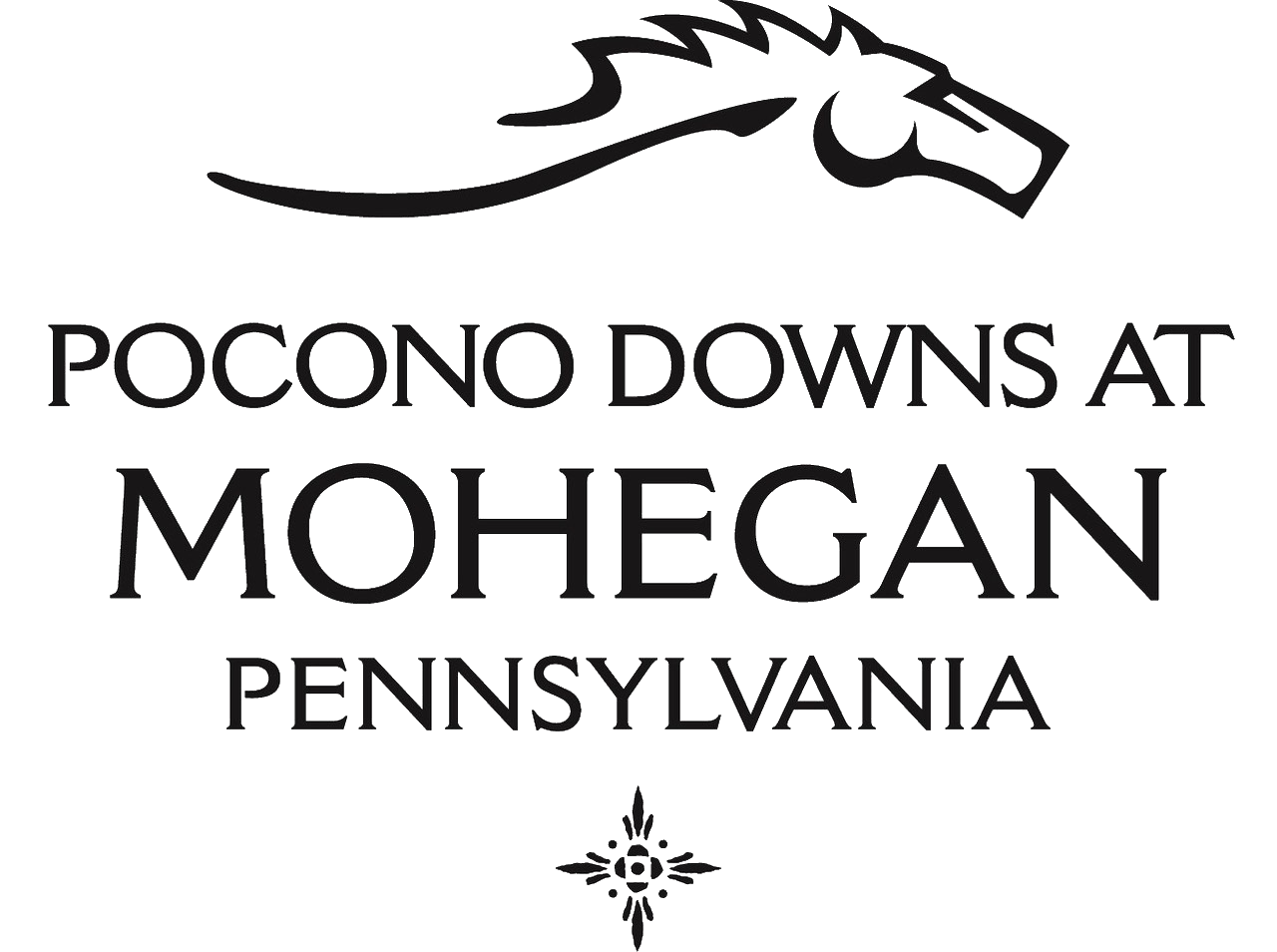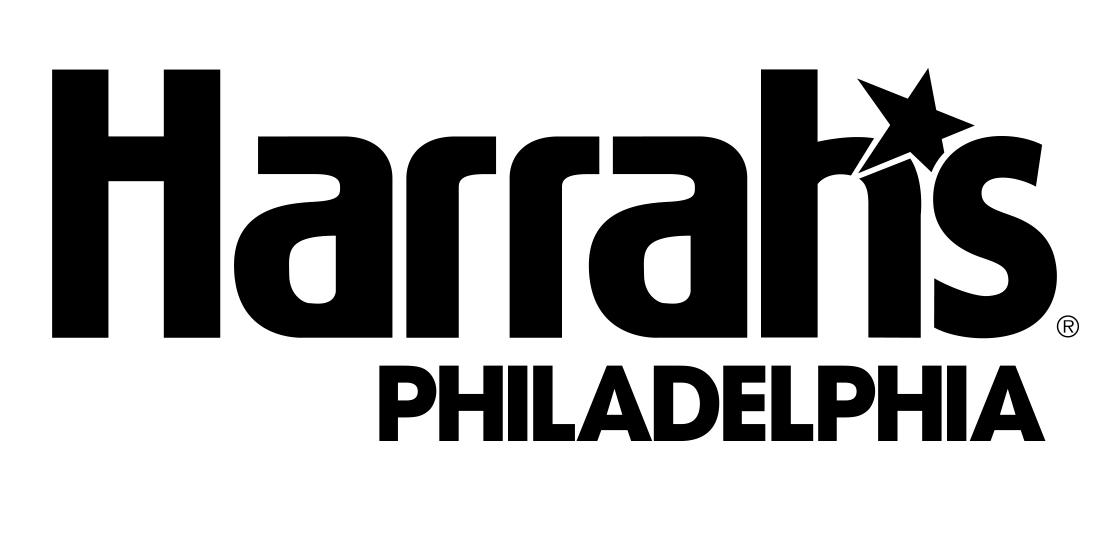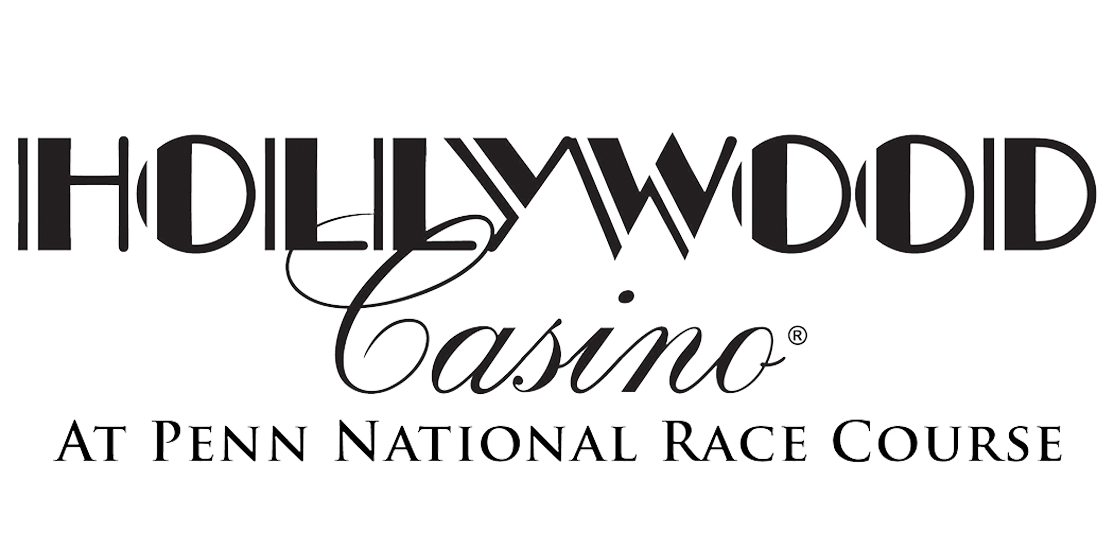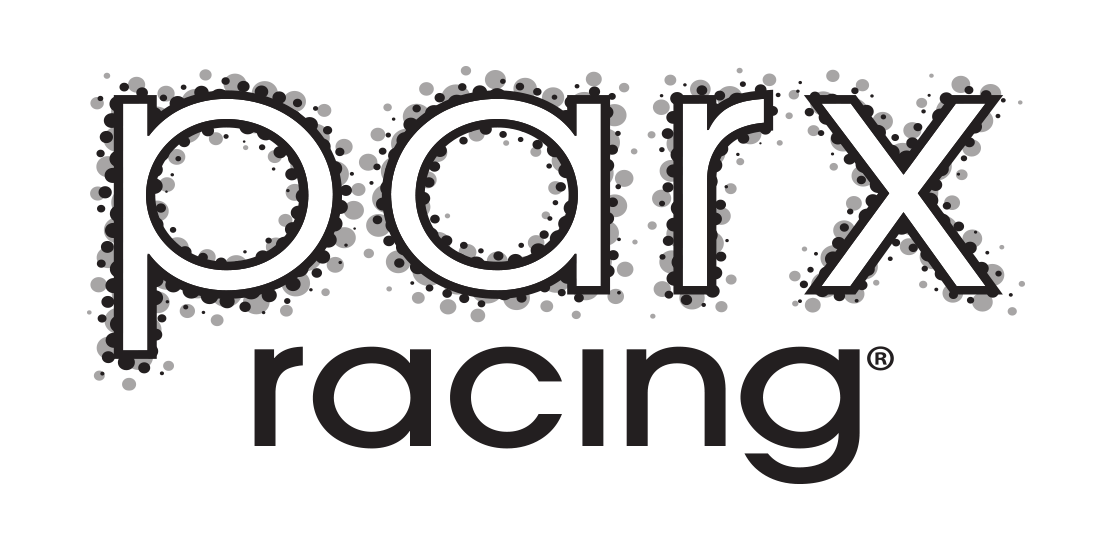For years Pennsylvania has been to Standardbreds what Kentucky is to Thoroughbreds. With some of the best stallions and mares, along with hosting some of the sports most prestigious races, PA has been the premier state in which to breed and race Standardbreds. This summer, the PHRA will take a look at some of the greatest Standardbreds in the sports history and their connections to Pennsylvania.
Albatross was born on May 8, 1968 in Avella, Pennsylvania. By Meadow Skipper and out of the Dancer Hanover mare Voodoo Hanover, Albatross was entered into the 1969 Harrisburg Sale. After being unwanted for $7,000, he was bought back by owner Bert James for $6,500. Upon returning from the sale, James went to the founder of The Meadows and Meadow Lands Farm, Delvin Miller, for advice as to who a good trainer for Albatross would be. Delvin recommended Harry Harvey.
A native of Vermont, Harry Harvey was second trainer to Delvin Miller. While working with Delvin, Harry won the 1953 Hambletonian with Helicopter, making him the youngest person to win the Hambletonian at the time. In 1954 Harvey went onto manage Meadow Lands Farm for Miller into the 1960s. In 1969 Harvey would again return to driving and training as well as starting his own breeding farm.
It would be then that he would acquire and begin developing Albatross. Training just down the road from The Meadows at Arden Downs, Harvey trained Albatross down in preparation of his two-year-old season.
Harvey and Albatross went behind the gate for the first time on May 8, 1970 at The Meadows in a baby race and would win in 2:07:1, with a last half in 1:01.
For their first pari-mutuel start, the pair would travel to Detroit, Michigan’s Hazel Park for the first major two-year-old stake of the season, the Geers. Albatross would win his division in 2:06:3 at odds of $4.40 on the dollar. That was the last time in his career that Albatross would be sent off at odds that high.
Albatross would win again a week later at Sportsman’s Park in Chicago before coming back east to Northfield Park in Cleveland. In his start at Northfield, Albatross would win in 2:06:4 with a last half of 1:00:4 and a last quarter in 29 seconds over the half mile track. Following that start Harvey and Albatross would go north of the border for three starts, two of which were wins.
After their brief visit to Canada, Albatross returned to the US for Grand Circuit action at New York’s Vernon Downs. On that night, Seton Hanover would become the first two-year-old of the 1970 season to post a mile in two minutes or faster, winning the first division in 1:59. That mark wouldn’t stand long though, as Albatross would win the second division in an eye-popping 1:57:4.
A week later Albatross and Harry Harvey returned to Pennsylvania for the Hanover Hempt stake at Pocono, which they won in 1:59:1. That start would be followed up with a second to Seton Hanover in the Arden Downs stake at The Meadows. That loss would be Albatross’ final loss of the year.
After traveling to Indianapolis and winning both heats of the Fox stake in 1:59 and 1:58:3 respectively, Albatross would travel to Lexington to attempt to break the 1:57 world record for two-year-olds. However, the weather in Lexington never became favorable for the attempt, so Albatross traveled back to Detroit for another win, and then to New York where he won four races including the Sheppard at Yonkers and the Roosevelt Futurity at Roosevelt.
Albatross would end his two-year-old season with 14 wins in 17 starts. He was also voted Two-Year-Old Pacer of the Year.
Just prior to the start of Albatross’ three-year-old campaign, he was syndicated for $1,250,000 to a group of nine owners. The group was organized by Lana Lobell Farms’ Alan Leavitt. Bert James, Leon Machiz and Ira Helman of New York, Armstrong Brothers Company of Ontario, John Rollins from Wilmington, Delaware, Dr. Arthur Galt of Chicago, Illinois, Hazel Shriner of Taneytown, Maryland, and Hilda Silverstein from New Hope, Pennsylvania made up the other members of the Albatross Stable. As part of the syndication, after his racing career, Alan Leavitt would take control from Bert James as Albatross would go to stand stud at his Lana Lobell Farms.
As another part of the deal, Albatross would now be trained and driven by Stanley Dancer. Stanley Dancer, a native of West Windsor, New Jersey, went down as one of the greatest trainers and drivers in the history of the sport. He started his career at New Jersey’s Freehold Raceway in 1945, before going on to be the first driver to win over $1,000,000 in a single season in 1964. He led all drivers in seasonal money earnings in 1961, 1962, 1964, and 1966, as well as being the leading UDRS driver each year from 1962-1968. Following his final race in 1995 at Garden State Park, Dancer would end his career with 3,781 wins and career earnings of $28,002,426
To start off his three year old season, Albatross and Dancer went north to New Hampshire’s Rockingham Park where we won impressively by over 10 lengths in 2:01:3. Following defeat in his second start of the season, Albatross went on to sweep both the elimination and final of the Messenger Stake, winning over Nansemond in 2:00:2. After the Messenger, Albatross rattled off seven straight 2:00 wins including wins in The Battle of The Brandywine and in the second leg of pacing’s Triple Crown, The Cane Pace.
After wins at Vernon and Roosevelt, Albatross returned to his home track at The Meadows for the Adios. After coming from behind to win the first heat, he returned to win the second heat in 1:59:3.
After a short break, Albatross returned to the races at Scioto Downs for the Jug Trial which he won. He followed up with a 1:58:2 win in the Matron. Next up was the Little Brown Jug at the Delaware County Fair, the final leg of the Triple Crown. After a narrow victory over Nansemond in the first heat, Albatross could not beat him in either the second or third heats.
After defeat in the Little Brown Jug, Albatross and Stanley Dancer went on to win both heats of the Tattersalls at Lexington in 1:54:4, the fastest race mile of all time.
To wrap up his three year old season, Albatross would win five more times from coast to coast with a win at Liberty Bell and four wins at Hollywood Park. The season ended with Albatross amassing $558,009 in earnings, a single season record. He also earned Horse of the Year honors in 1971 as well.
Albatross would return to the races as a four-year-old in 1972. To start out, the year didn’t go well. Albatross suffered defeat in his first three starts. Some members of the Albatross stable were not happy with Stanley Dancer as trainer/driver following those three starts. After discussions, it was agreed that members of the original syndicate would sell their 70% share. They sold their share for $1,750,000 with Hanover Shoe Farms now joining the syndicate and taking 27 shares. Hilda Silverstein, John Rollins, Hazel Shriner, Stanley Dancer, John Simpson, and Hal Jones also each had shares.
Albatross would then go on to break his own 1:54:4 world record, winning in 1:54:3. That win came in the midst of a 10 race winning streak. Later in the season, Albatross would also break the half mile track world record when he won in 1:55:3 at Delaware, Ohio. After winning the final race of his career at Hollywood Park, Albatross was again named Horse of the Year. He retired from racing with 59 wins in 71 career starts and as the all-time highest money winning pacer.
After his racing career, Albatross returned to the Keystone State to stand stud at Hanover Shoe Farms with a first year fee of $5,000. While at Hanover, he would become one of the greatest sires in the history of the sport. He was the sire of Niatross, who was the first horse in history to break the 1:50 barrier when he time trialed in 1:49:1 at The Red Mile.
In addition to being the sire of Niatross, Albatross was also the sire of Jaguar Spur, Merger, Colt Fortysix, and the only filly to ever win the Little Brown Jug, Fan Hanover.
The sire of over 2,600 foals, Albatross’ offspring have earned over $145,000,000 . He produced 2,135 starters, 1,174 of which were winners in 2:00 or faster. In 1996 he was inducted into the Living Horse Hall of Fame at the Harness Racing Museum and Hall of Fame in New York. In 2014 he was also inducted into the Canadian Horse Racing Hall of Fame. He would remain at Hanover on stud duty until the age of 30. In 1998 he passed away due to heart failure and colic and was buried in the horse cemetery at Hanover Shoe Farms.
